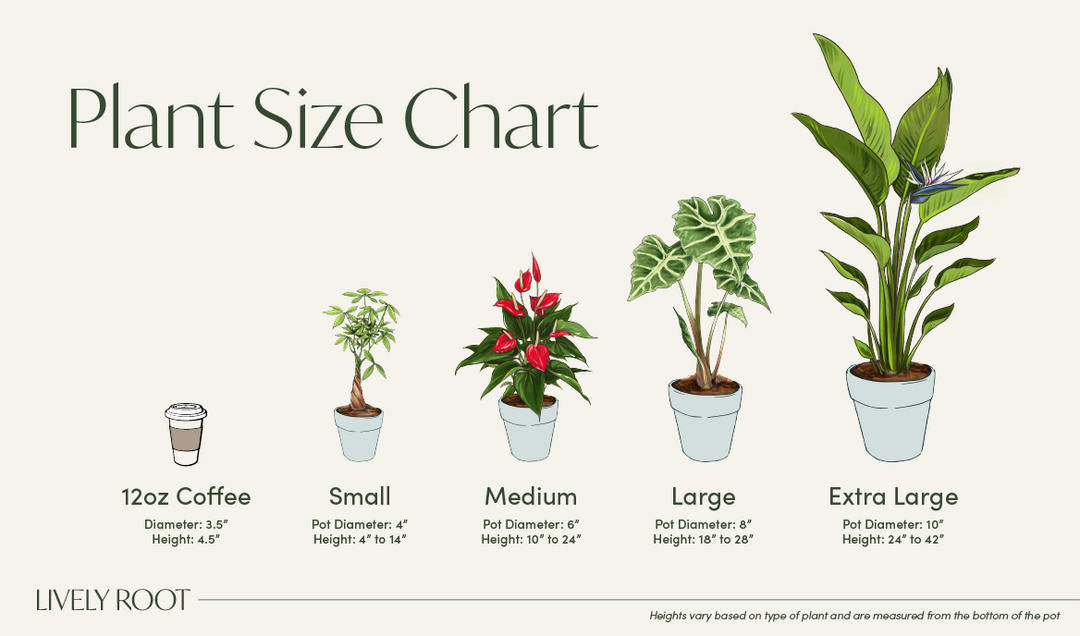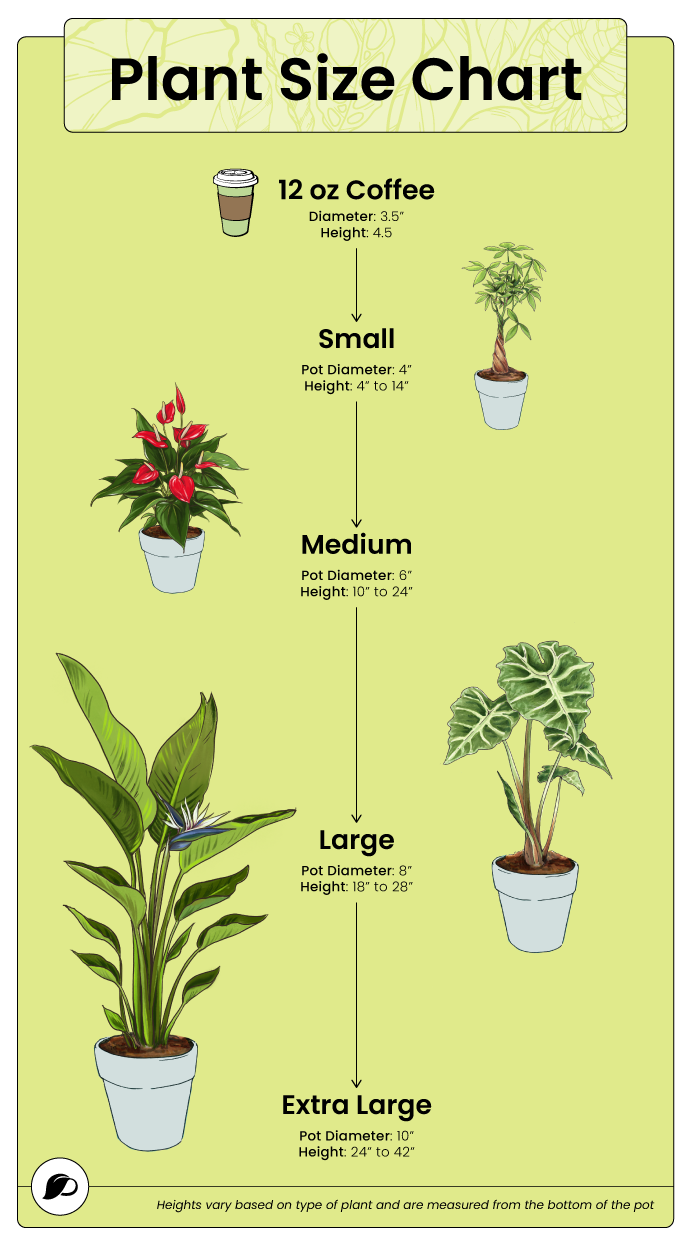Philodendron Plants
We’re sorry, but there are no results that match your selected filters. Try removing or editing your filters or explore some of our other popular collections!
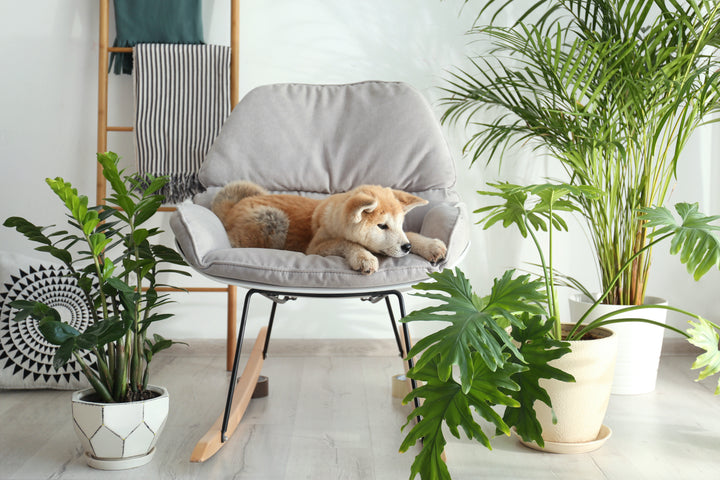
All Pet Safe Plants
Keep your furry friends safe by choosing houseplants for your home that are nontoxic to them. These plants will add color and texture to your decor while keeping your cats and dogs safe and happy. Shop our collection of pet friendly plants!
Shop
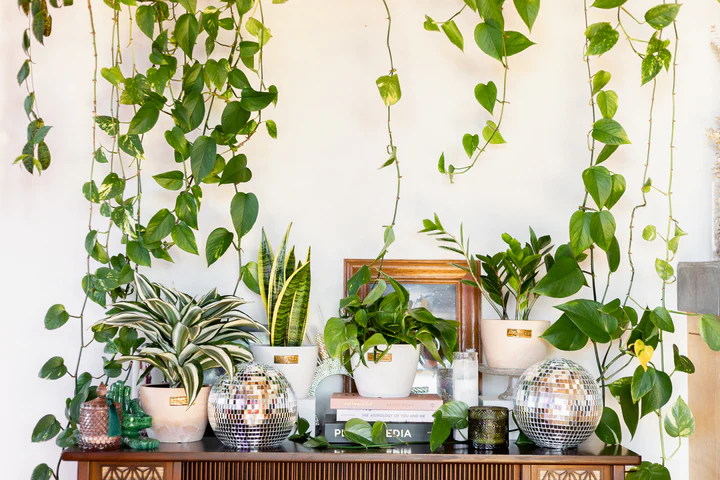
All Plants
Lively Root’s collection helps you find whatever house plants you need, in one place and easily delivered to your door. From lush foliage plants to vibrant blooms, towering palm trees to mini succulent selections, we’ve got the perfect plant for every space.
Shop
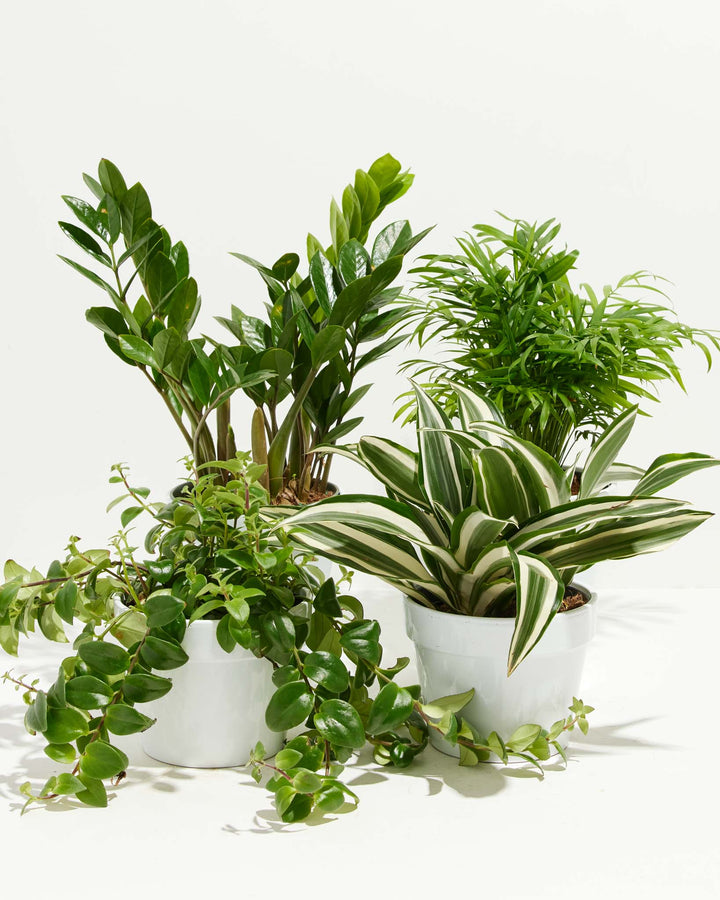
Best Selling Plants
You've found the perfect place to choose your next new plant friend. Check out our best-sellers, most of which are easy to care for and highly air-purifying so you can enjoy them with minimal effort.
Shop
Philodendron: Buying & Care Guide
If you’re looking for eye-catching plants with gorgeous leaves, look no further than the Philodendron!
Philodendron plants belong to the Araceae family, and the name of the genus derives from the Greek phileo meaning "to love" and dendron "tree". Philodendrons originate from Central and South America. Most of the Philodendron types are easy to care for, firmly establishing Philodendrons as beloved and popular houseplants. Plants from the Philodendron genus contain calcium oxalate crystals, so they’re toxic to pets if ingested.
The vitality of these beautiful tropical plants makes them a symbol of strength, growth, and renewal. Because many Philodendrons have heart-shaped leaves, they are also associated with kindness, love, and friendly affection.
Philodendrons are amazingly versatile plants. Take the large, exotic Split Leaf Philodendron (Monstera Deliciosa) or the charming and compact Philodendron Birkin, suitable for growing in various living spaces or outdoors in warm climates.
Philodendron: Benefits
Growing a Philodendron plant indoors is highly rewarding, considering its low-maintenance nature. There are many reasons to love these amazing plants, including some of these benefits:
- Excellent air-filtering abilities
- Many Philodendron varieties are easy to care for
- Help reduce stress levels and improve mood
- Wonderful, aesthetically appealing plants for beautifying your interior space
- Boast versatility in size, shape of leaves, leaf patterns, and growth
Philodendron Varieties: Select From Our Collection
Different types of Philodendrons come in various shapes and sizes; trailing Philodendrons are the perfect hanging plants while the more compact varieties can be the ideal office plants.
Philodendron Vine (Sweetheart Vine)
- Distinct characteristics: The Philodendron Vine (Philodendron hederaceum 'Lemon Lime') is a lovely cascading plant with beautiful chartreuse to lemon-colored heart-shaped leaves.
- Level of care: Easy
- Pet- friendliness: Toxic to ingest
White Princess Philodendron
- Distinct characteristics: The rare White Princess Philodendron (Philodendron erubescens 'White Princess') has attractive and uniquely variegated pointed leaves, streaked with irregular spots of white.
- Level of care: Easy
- Pet- friendliness: Toxic to ingest
Philodendron Green Cordatum
- Distinct characteristics: With its glossy, heart-shaped leaves, the Philodendron Green Cordatum (Philodendron cordatum 'Green') is the perfect plant for a hanging basket.
- Level of care: Requires some extra care
- Pet- friendliness: Toxic to ingest
Philodendron Pink Princess
- Distinct characteristics: If you love pink, you’ll be enchanted with the gorgeous Pink Princess Philodendron (Philodendron erubescens 'Pink Princess') that sports playful green leaves splashed with bubblegum pink. Like many other Philodendrons, the Pink Princess Philodendron requires minimum care.
- Level of care: Easy
- Pet- friendliness: Toxic to ingest
Philodendron Care: The Ultimate Guide
For the most part, Philodendron plant care is easy. These plants prefer medium to bright light and can thrive indoors with the right attention to their needs.
Watering and Humidity
Most Philodendrons need to be watered well but not too frequently. Let the uppermost soil level dry out before repeated watering. Don’t let the soil get soggy because your Philodendron plant doesn’t like wet feet. This leads to root rot. Most Philodendron types appreciate extra humidity in the of 50-60%.
Light and Temperature
Philodendron plants grow best in bright, indirect sunlight. Variegated types of Philodendron may need more light. For White Princess Philodendron care, for instance, provide a couple of hours of direct sunlight to help your plant maintain its beautiful colors. As Philodendron plants originate in the tropics, keeping the temperatures above 50°F is essential. Avoid placing them in locations with cold drafts or temperature fluctuations.
Repotting, Soil, Feeding, and Propagation
Your newly purchased Philodendron can usually wait 6-12 months before repotting. Choose a pot about 2 inches larger than the previous one. Avoid transplanting it into a pot that is too large, as this can create drainage problems that can harm the plant.
Philodendrons are Aroids, and they generally need well-draining, nutrient-rich soil that still provides good root aeration. Use potting soil mixed with coconut coir, bark, perlite, and horticultural charcoal.
Provide sufficient nutrients for your plant by fertilizing with a balanced liquid fertilizer approximately twice a month during the growing season. You can propagate your plant by division or via stem cuttings.
Pruning, Cleaning, and Common Issues
Philodendron care includes pruning dry or yellowing leaves to promote fresh growth. Clean your plant’s leaves with a damp cloth to remove dust, and regularly check the foliage to detect any pests. Crisp brown leaf edges indicate insufficient humidity, while too much fertilizer or overwatering can cause drooping leaves.
Choose From Our Variety of Philodendron Plants for Sale
Get a striking Philodendron plant for sale from Lively Root today! Enhance your interior and bring harmony to your living space. Or surprise a friend with the perfect plant gift!
Capture the vibrancy and beauty of nature with gorgeous Philodendrons from Lively Root!
Follow us @livelyroot & show us your #livelyroot plants
